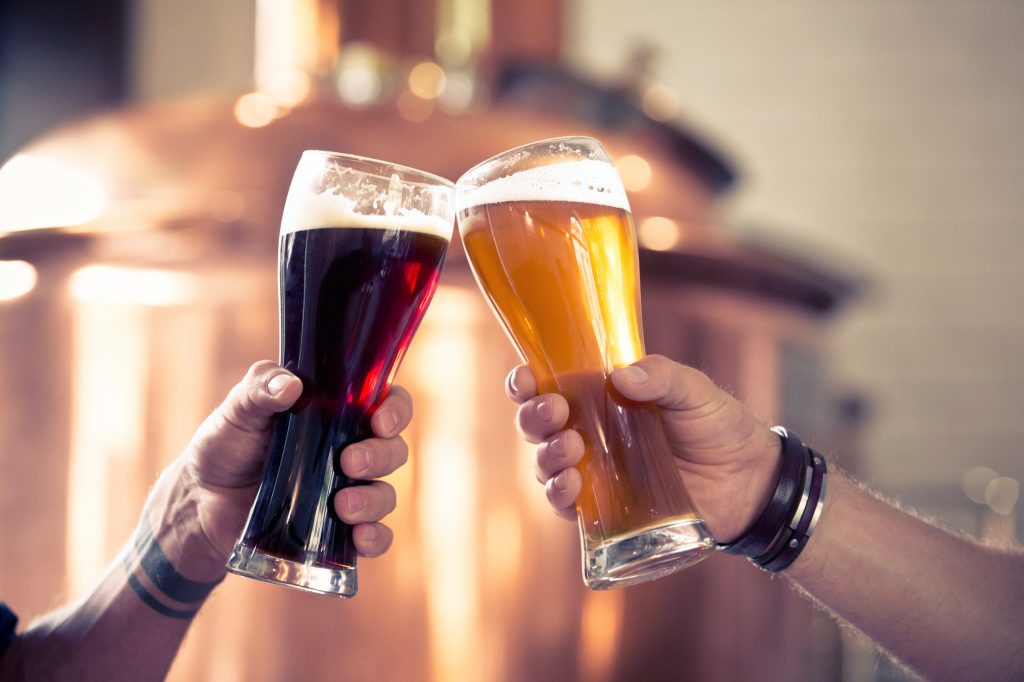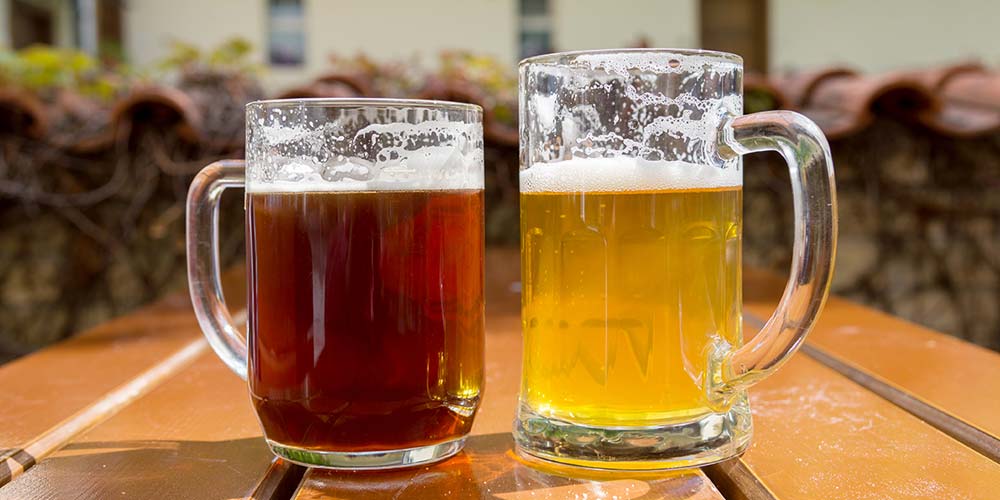When you’re out exploring your local beer scene, it’s important to know your local ales and lagers. While you may not be able to get all the types you want to try, you can find plenty of information on local ales and lagers. This article will discuss what each style is, including the difference between Belgian ales and Helles. For additional information, check out YouTube. You’ll be able to find celebrity interviews and exclusive gear videos, as well as local beer festivals.
Pale ales
Pale ales are easy to drink beer styles with a distinctive hop flavor and aroma. While diacetyl is not necessary, it is generally low to moderate, but can be present in very small amounts. Low to medium levels of fruity esters are also acceptable. Chill haze and hop haze should be present but should not dominate the flavor. Hops are a common additive in pale ales, and their aroma and flavor are easily distinguishable.

Saisons
When it comes to local ales and lagers, there is a plethora of varieties to choose from. Saisons are Belgian-style farmhouse ales and are often fermented in fermentation tank #7. These Belgian-style brews pour hazy amber, and offer notes of citrus, spice, hops, soap, and caramel. The beer is also one of the most heavily spiced and boozy styles available.
Belgian ales
If you’re looking for something a bit different than your standard, try local Belgian ales and lagers. The brewing landscape in Belgium developed in small towns, monasteries, and farmhouses rather than the mass production techniques used by its neighbors. During the Middle Ages, Belgian brewers stayed away from German and French beer styles, but absorbed their knowledge and techniques. German lager fermentation and quality-conscious conversation helped shape Belgian brewing. After World War I, the brewing industry in Belgium began to adopt some of the techniques used in English beer and lagers.
Helles
American helles lager is light in body and crisp with a soap-bubbly collar and full skin. It can be distinguished from other lagers by its Jimi Hendrix-like island Voodoo Chile style on the foam. If you are seeking an authentic German lager, look no further than Live Oak Brewery in Austin, Texas. The brewery specializes in brewing European-style lagers, and they use authentic ingredients to produce their helles.
Pilsners
Craft brewers are making exciting new varieties of Pilsners that are gaining in popularity. While the term pilsner was lost to the market in the mid-20th century due to the proliferation of bland mass-market beers, true pilsners are beautiful and bold. Unlike ordinary lagers, good pilsners have a strong malt flavor and are bold and assertive. They also fit the summer-beer criteria: low-alcohol, relatively simple, and easy to drink.

Coffee beer
Breweries have branched out into new flavors with the popularity of coffee in recent years. Coffee porters are a popular style, but they differ in the malt used to produce them. Porters require malted barley while stouts use unmalted, roasted barley. Luckily, coffee can be successfully blended into many beer styles. Oskar Blues has even started brewing coffee-infused beer.
Herb and spice beer
Herb and spice beers have a long history in brewing. While modern beers are almost exclusively made with hops, brewers are experimenting with a variety of herbs and spices in their beers. These flavors can be found in both modern and traditional ales and lagers. To create an herb and spice beer, first select a flavor that suits your palate. You can experiment with a variety of herbs and spices, from sage and rosemary to ginger and cinnamon.
Honey beer
The unique taste and aroma of honey beer can be overwhelming. To combat this, you can try local ales and lagers that contain honey. Some local breweries rely on honey to boost their beer’s flavour, such as Marshall Farms. Alternatively, you can find honey beer in bottled 4-packs. Honey beer also tastes delicious on its own. Its rich and sweet taste is the perfect complement to any meal.

